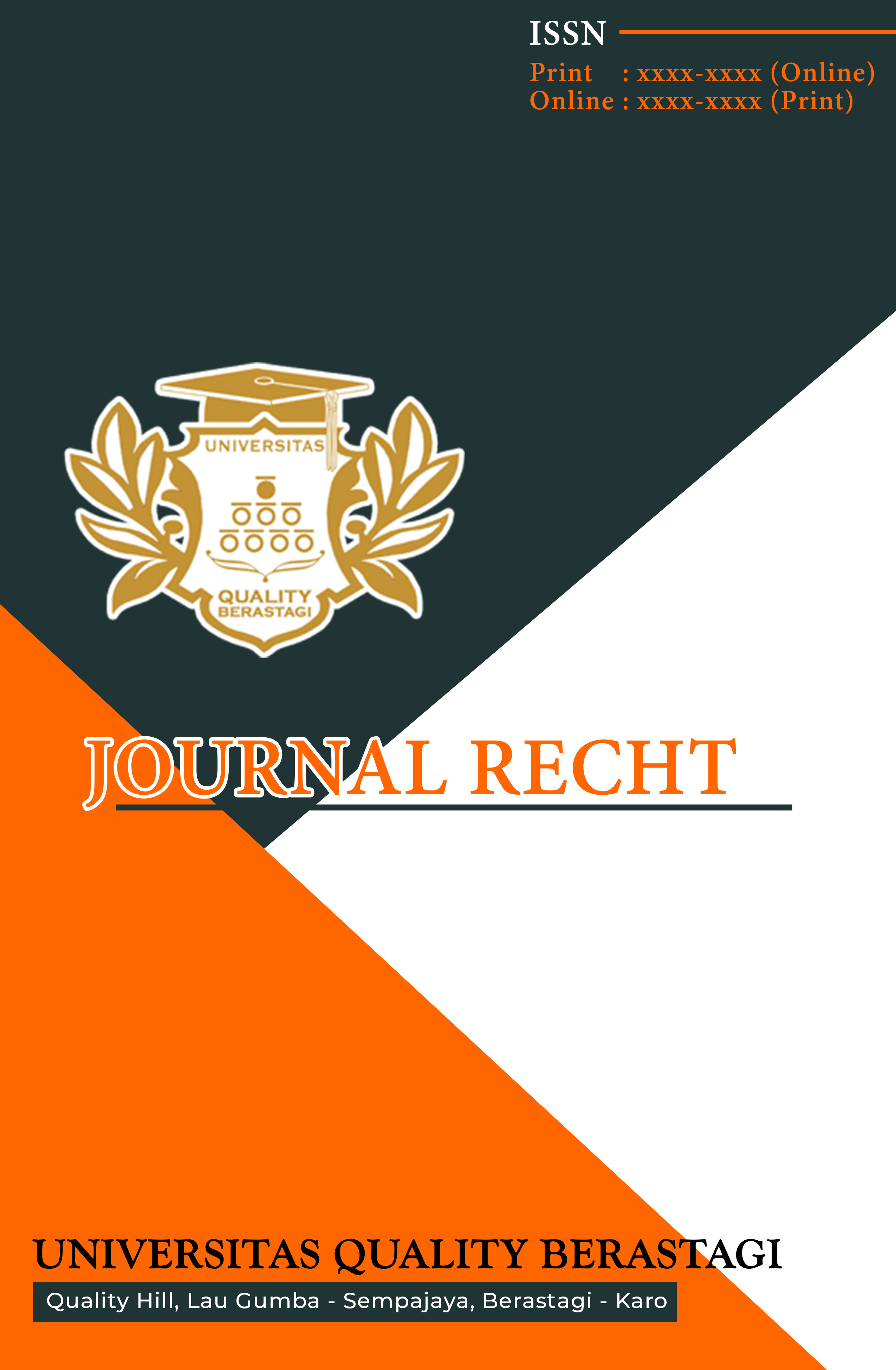ANALYSIS OF THE APPLICATION OF LAW FOR PERPETRATORS OF FRAUD BASED ON COURT DECISIONS (CASE STUDY NUMBER 14/PID.B/2024/PN.KBJ)
Main Article Content
Abstract
This study analyzes the discrepancy between court decisions that classify a criminal act as fraud with the potential for a more appropriate classification as embezzlement based on case analysis. This study aims to determine the application of material criminal law to the crime of fraud based on court decision number 14/Pid.B/2024/PN.kbj and to identify factors and considerations that influence the judge's decision based on court decision number 14/Pid.B/2024/PN.kbj. The research methodology involves descriptive analysis of court decisions that decide as fraud with a focus on elements such as the perpetrator's intention, the way the act was carried out, and the existence of a relationship of trust between the perpetrator and the victim. The results of the study show that, although the court decided as fraud, the evidence is more directed at elements of embezzlement, such as misuse of funds or assets that are entrusted. Misapplication of the law, both in terms of evidence and elements, should be further examined, although they have similarities. It is important to remember that fraud and embezzlement are still different crimes, the main difference lies in how the perpetrator obtained the victim's property. This study concludes that there is a need for increased understanding and training for law enforcement officers and judges regarding the fundamental differences between fraud and embezzlement to ensure fairness and accuracy in court decisions
